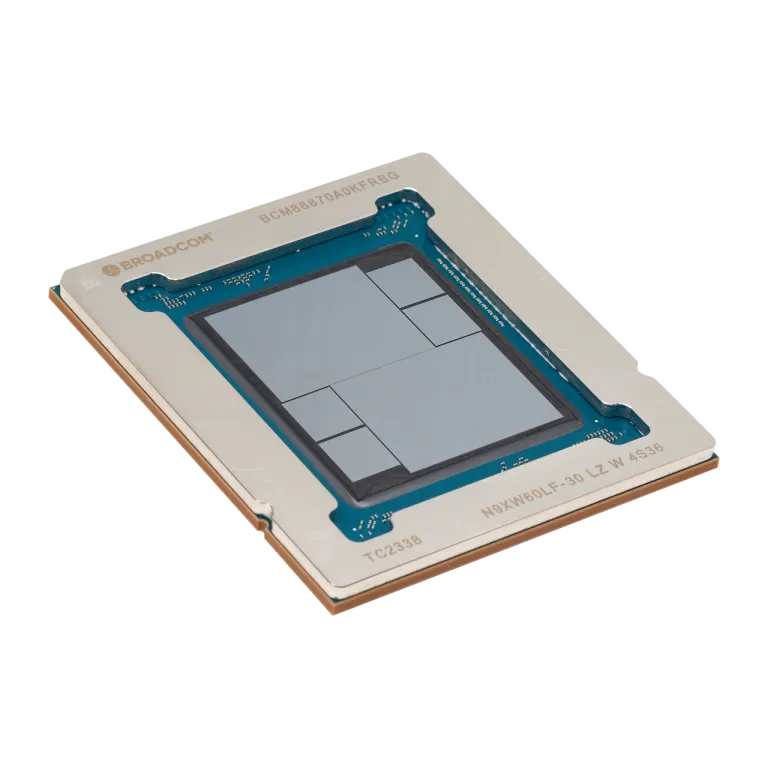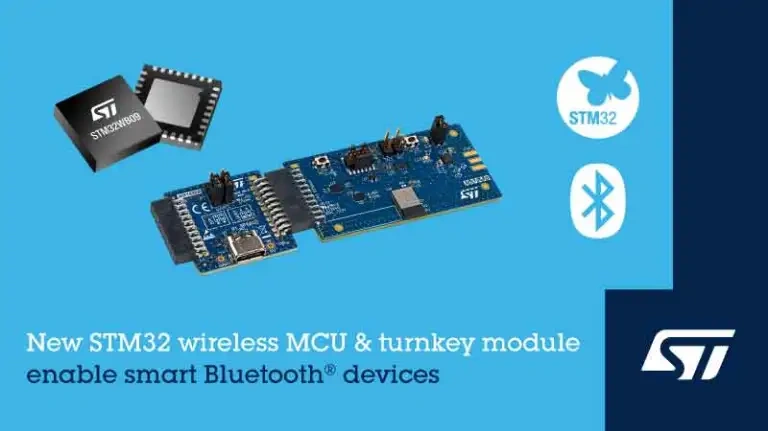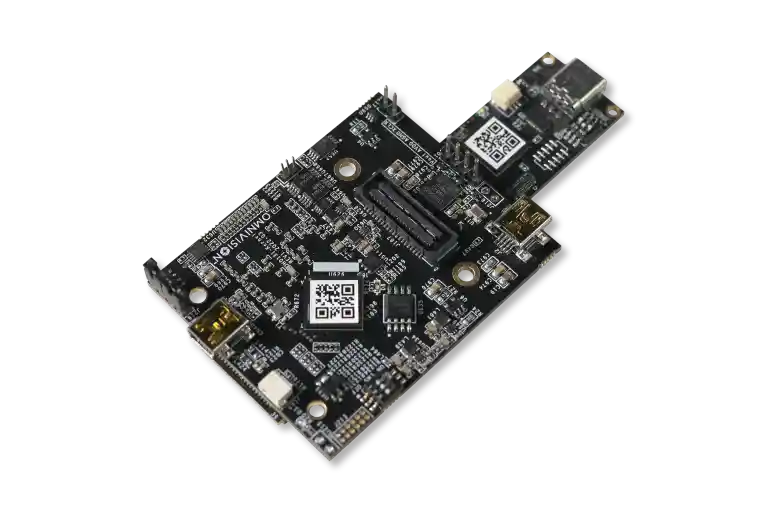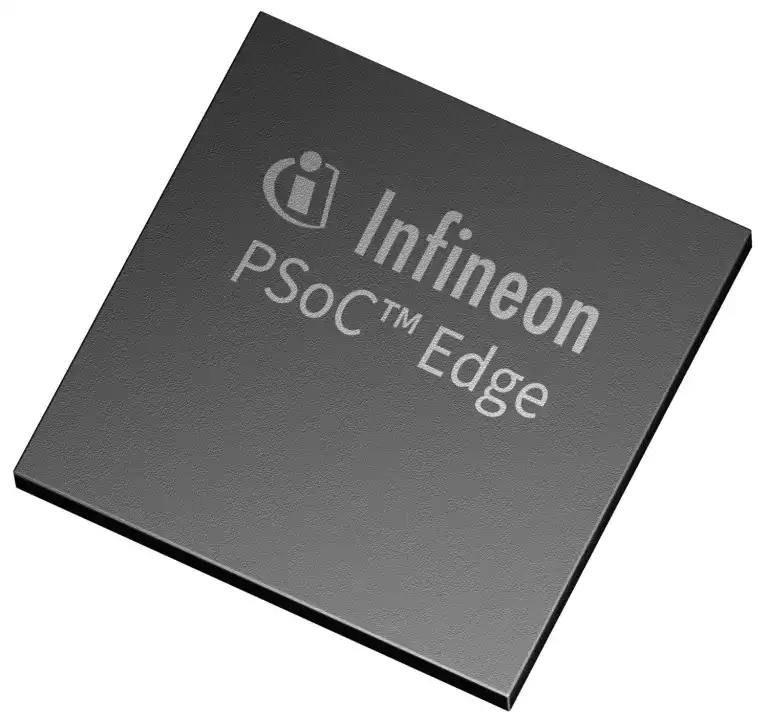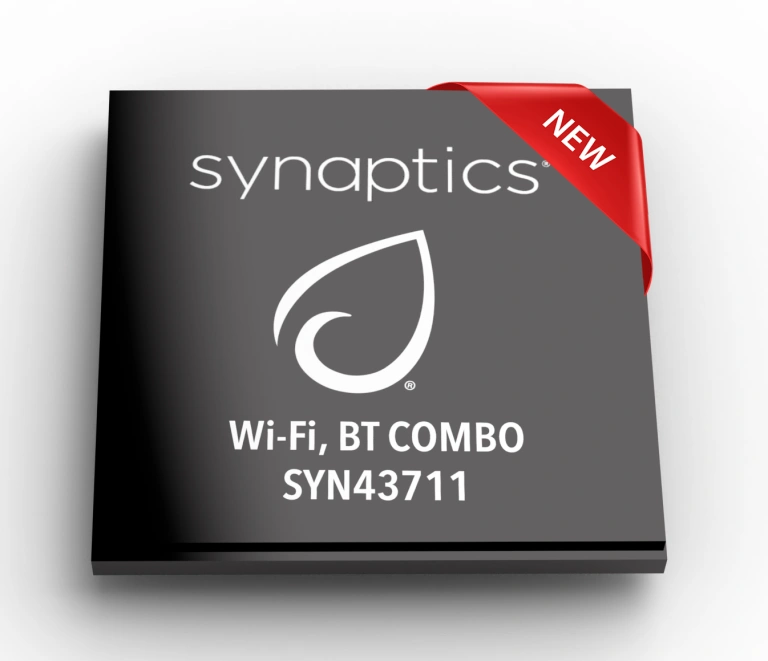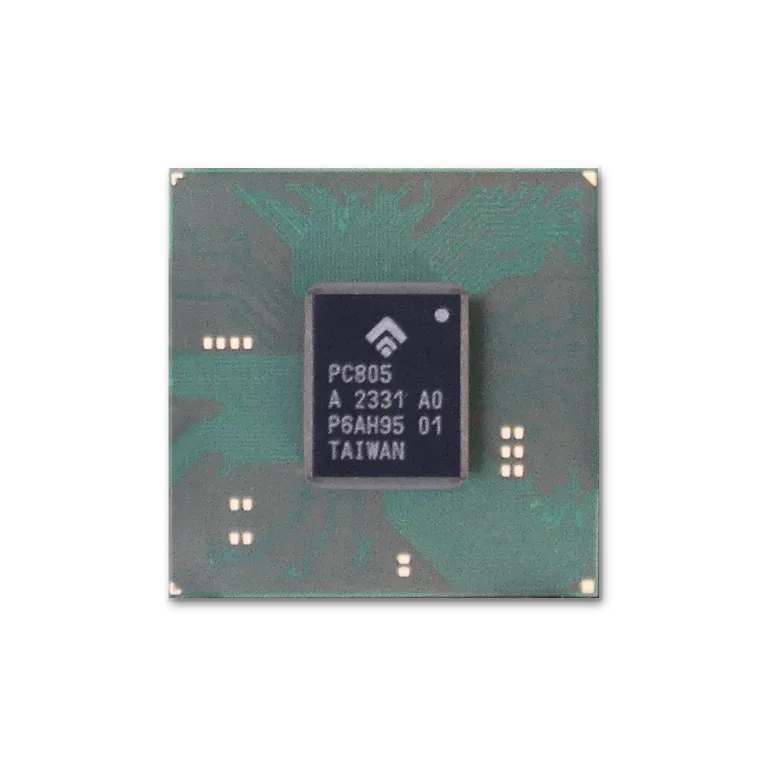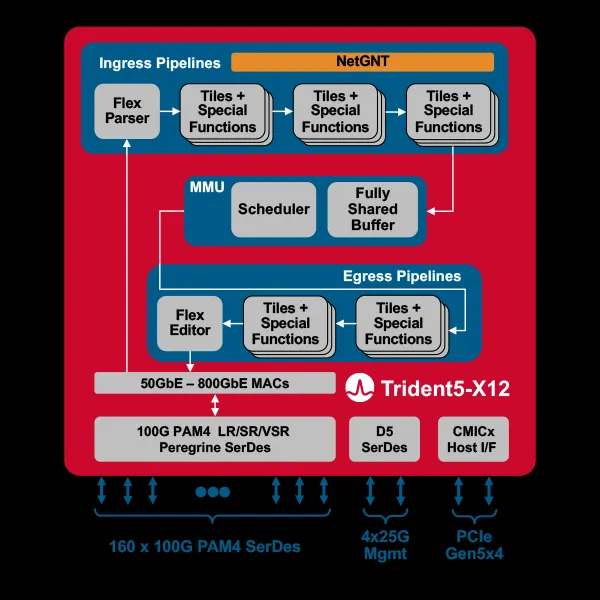
Broadcom Inc. has announced a neural-network inference engine, the networking general-purpose neural-network traffic-analyzer (NetGNT) housed on a new, software-programmable and field-upgradable Trident 5-X12 Ethernet switch. The company claims it is the industry’s first Ethernet switch with an on-chip neural network.
Target applications include data-center programmable top-of-rack (ToR), data center leaf/spine, switch blade in a server chassis, line card and fabric in a switch chassis, border/data-center interconnect (DCI) and edge compute data center disaggregation.
The Trident 5-X12 chip uses 25% less power per 400G port compared to the Trident 4-X9 and its 16.0 terabits/second of bandwidth is double that of the Trident 4-X9. It supports the transition to next-generation CPU and GPU servers using 400G NICs and enables new capabilities and improved network efficiency and performance. It also adds support for 800G ports, allowing direct connection to Broadcom’s Tomahawk 5, used as the spine/fabric in the newest compute and AI/ML data centers.
The chip is positioned to enable a 1RU data center ToR, supporting 48×200G downlink ports and 8×800G uplink ports. Enhanced telemetry capabilities allow deeper real-time insights into network operations, which can then be used to train the NetGNT. Support for Enterprise SONiC and SAI promote fast, seamless integration into data center operations frameworks, Broadcom said.
The chip also features robust connectivity using up to 160 instances of the high-performing, longest-reach 100G PAM-4 integrated SerDes core that enables a variety of optical and direct attached copper (DAC) links with up to a 4-meter DAC reach. It is cost- and power-optimized for next-generation data center and campus networks and supports 400G ToRs with a compiler-programmable architecture. The NetGNT is an ML inference engine and can be trained to look for different types of traffic patterns that span the entire chip.
Broadcom is currently shipping Trident 5-X12 devices to qualified customers.

